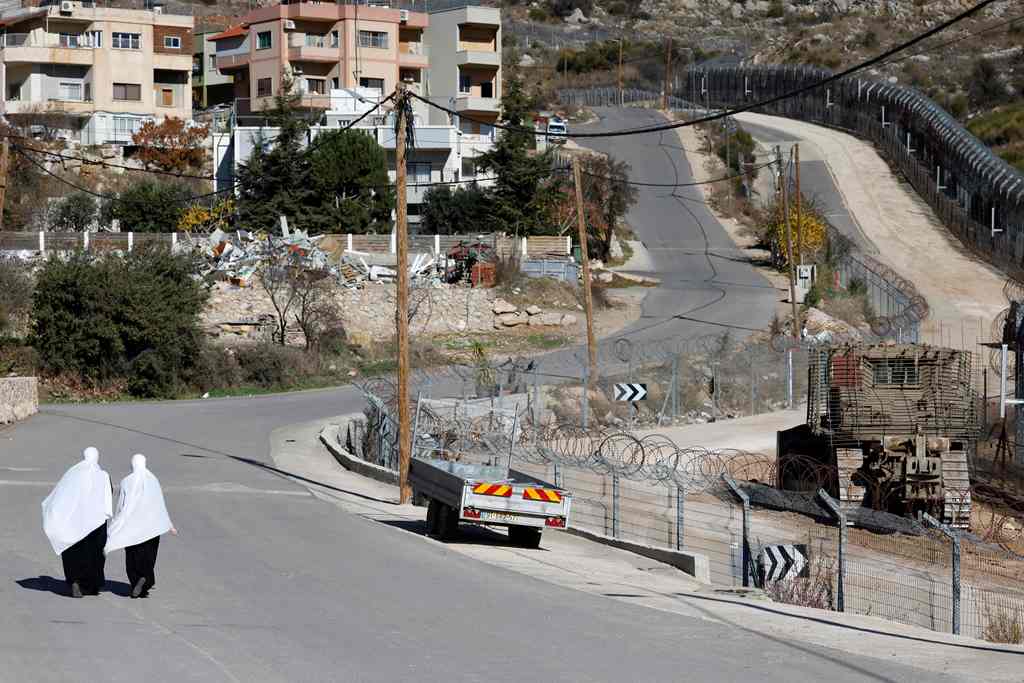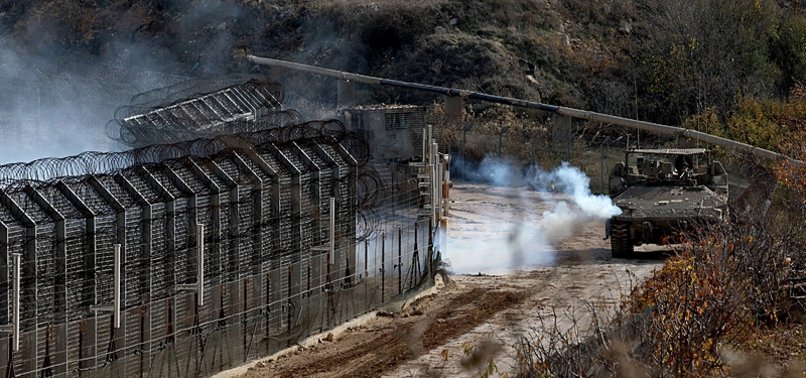The United Nation’s International Civil Aviation Organization (ICAO) has given Qatar the green light for a new Doha Airspace FIR, writes aviation expert Alex Macheras.
The International Civil Aviation Organization (ICAO), a United Nations special agency for aviation has, in its most recent meeting, formally agreed for Qatar to establish a new, expanded airspace area, known as a Doha ‘FIR’, for the first time in history.
The announcement of a new airspace area for Qatar is a significant shift for the skies above the Middle East — let’s look at what it means.
The ICAO is the UN agency with the authority to delegate which country is responsible for the operational control of a given ‘flight information region’ known in the industry as an ‘FIR’ – essentially, an airspace area on the map of the skies.
For decades, the skies above the Middle East have been disproportionally divided. While most regions on earth have airspace split up equally among countries, airspace in the Gulf is unusually shaped.
Bahrain, the smallest of all Gulf states, has held control of most of the airspace above the Gulf with its ‘Bahrain FIR’ that stretches from Kuwait, across the Gulf, to the bordering FIR of the United Arab Emirates.

Airspace in the region had previously been determined based on where military radars had been installed, and with a history of good, ‘brotherly’ relations between Qatar and Bahrain, (and both being Gulf Council Corporation countries, and being members of ICAO’s Transit Agreement which permits freedom of the skies), Qatar had agreed for Bahrain to continue to control and manage its disproportionally large area of airspace.
It was also acknowledged that Bahrain would continue to profit from overflight fees (the fees airlines must pay for passing through a country’s airspace) of one of the busiest transit areas in the world.
In 2017, the sudden blockade on Qatar pushed the unusual distribution of airspace in the Gulf into the spotlight for the very first time.
While UAE, Saudi Arabia, Egypt joined Bahrain in announcing the immediate closure of their airspaces to all Qatari registered aircraft (found later to be a breach of ICAO’s Chicago Convention), the announcement of the closure of Bahrain’s airspace had been the most critical for Qatar.
Recognising the risk of having skies controlled by another country, in 2018 Qatar launched a formal proposal to the ICAO for the establishment of its airspace, known as the Doha FIR. Following three years of technical assessments, the organisation’s council has this summer given Qatar the green light.
The establishment of the new Doha FIR (airspace) will include Qatar’s existing sovereign airspace (which is essentially the skies above the land of Qatar) and will expand further out towards its neighbours the UAE, Bahrain, and Iran. The new FIR will see Bahrain return a small part of its airspace to Qatar, and the current airspace arrangement will end.
Responding to the emerging aerospace and geopolitical development in its 223rd session, the ICAO described the green-light as an “achievement of a decision in principle on the establishment of a Doha Flight Information Region”.
Read also: Qatar one step closer to expanding airspace after ICAO backing
As the official summary of decision’s reveal, the ICAO Air Navigation Commission review of the technical aspects of the proposal stated that the State of Qatar “possesses the capabilities and qualifications necessary to manage air traffic safely and effectively.”
The ICAO council also acknowledged that Bahrain “had provided safe and efficient air navigation services over several decades in the Middle East region.”
Qatar has now started work with Bahrain, and the ICAO, to coordinate the implementation of the Doha FIR. It’s a technical process that will ultimately redraw the busy skies above the Gulf. During earlier council meetings, Saudi Arabia, among other states, expressed their willingness to work to support the coordination efforts between Bahrain and Qatar for the necessary implementation.
With a new FIR of its own, Qatar will gain much-needed airspace independence, and the country also has the ability to maximise the efficiency of air travel around Qatar in order to better meet the country’s air travel sustainability goals.
The country is already benefitting from the end of the blockade following the signing of the Al-Ula agreement, which saw the reopening of Saudi, United Arab Emirates, Bahrain, and Egypt’s airspace to Qatari registered jets.
Qatar Airways flight times are now – on average – 20 minutes shorter than they were during the blockade, and services to key African destinations that rely on overflying Saudi Arabia have been since been restored.
Alex Macheras is an aviation analyst, broadcasting and discussing the world’s aviation news across international networks including BBC, Good Morning Britain, and Al Jazeera in the Middle East.







